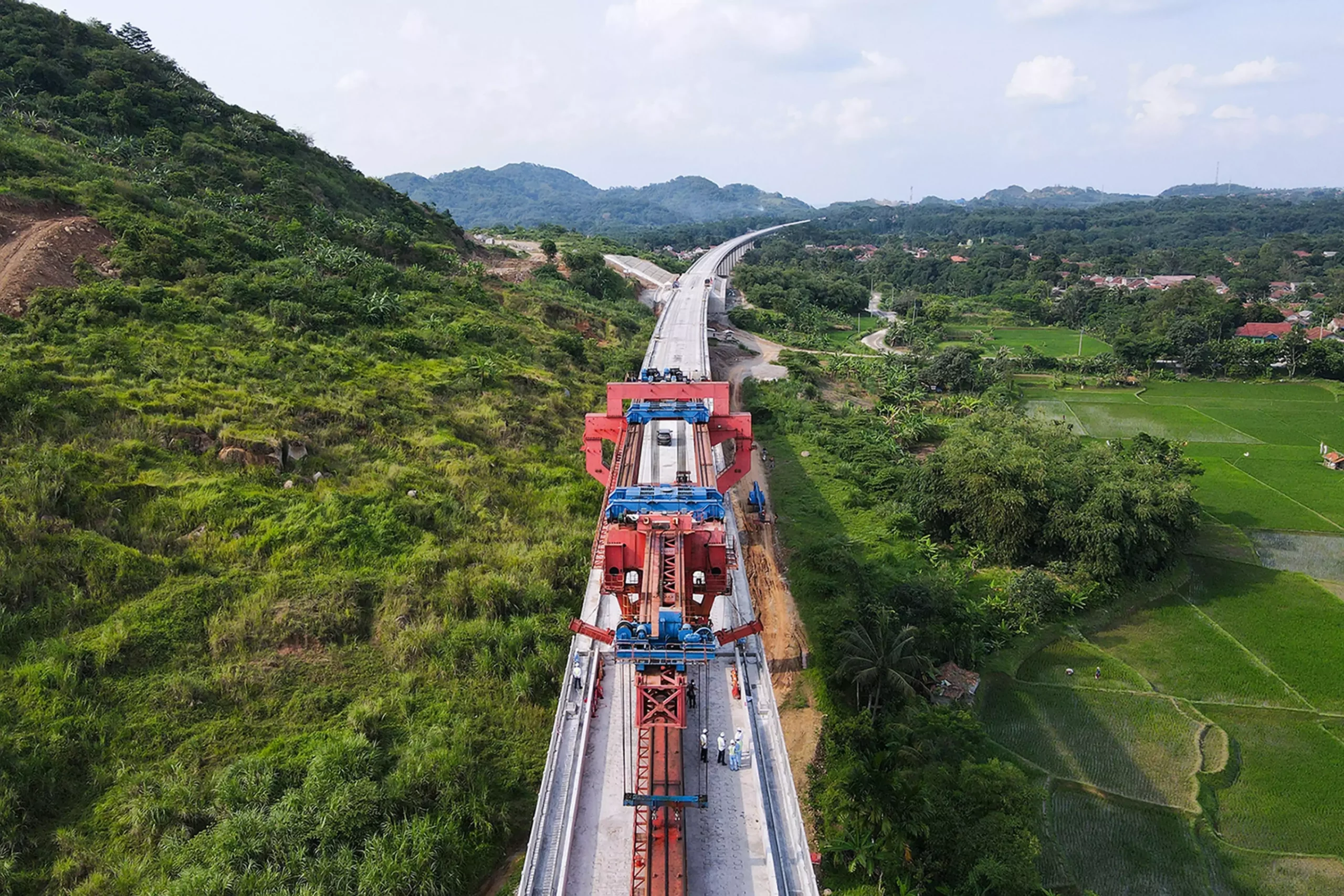In October 2013, Chinese President Xi Jinping set the wheels in motion for what would become the monumental Belt and Road Initiative (BRI). The BRI’s ambitious objective was nothing short of creating a global infrastructure and energy network that would seamlessly connect Africa, Asia, Europe, and other regions through an intricate web of roads, railways, and maritime routes.
Fast forward a decade, and the BRI has expanded its reach to incorporate a staggering 150 countries. What’s even more remarkable is that 52 out of the 54 African nations have either signed or expressed a keen interest in joining the BRI cooperation framework, with hopes of securing a piece of the infrastructural development pie that encompasses roads, ports, energy, and communication projects. Undoubtedly, China has forged robust diplomatic relationships with these nations.
This far-reaching initiative has, in many ways, transformed the economic landscape of African nations. The construction of critical domestic and regional infrastructure has opened up new avenues for trade and investment, while providing affordable energy resources to fuel industrial growth. The enhanced transportation networks have simplified the process of exporting goods to international markets, resulting in heightened levels of specialization, consumption, job creation, financialization, and technological innovation. This transformation mirrors the economic dynamics seen in highly industrialized first-world countries.
The intercontinental trade between Africa and the rest of the world has flourished, thanks to the extensive network systems that now crisscross the continent. The China General Administration of Customs reports that the total trade volume between China and Africa has surged past the USD 2.0 trillion mark since the inception of the BRI initiative a decade ago, with trade growing by a notable 11.0 percent to reach USD 282.0 billion just last year.
One of the key factors contributing to this success is the enhanced connectivity brought about by the construction of high-quality transport infrastructure. These developments have significantly reduced logistical obstacles, resulting in lower shipping costs and smoother movement of goods and services. Additionally, they have established new trading corridors that connect Africa to the rest of the world. A prime example is the Standard Gauge Railway (SGR) in Kenya, which has substantially lowered the cost of transporting goods from Mombasa Port to various parts of the country and vice versa. The SGR has not only expedited the transportation of goods but has also become a reliable and flexible mode of travel for tourists heading to the coastal towns.
In light of these remarkable advancements, it is imperative for African countries to seize the opportunities presented by the BRI projects and their relationship with China and the global community. Maintaining and enhancing the infrastructural networks is crucial for ensuring the continued benefits of this transformative initiative.
The future holds immense promise for African nations, as they continue to reap the rewards of a decade of diplomatic and economic collaboration with China and the world.


















